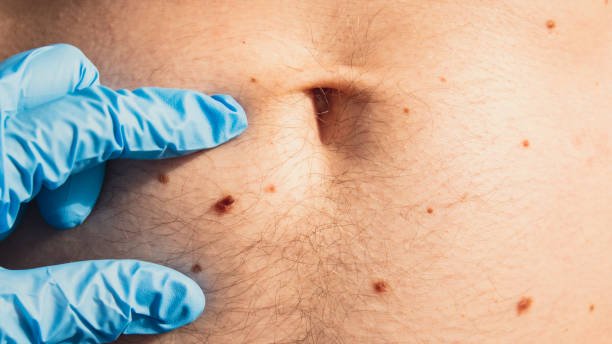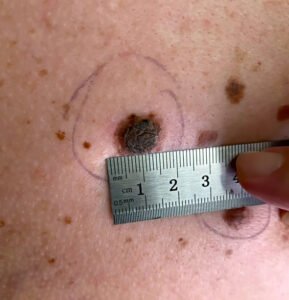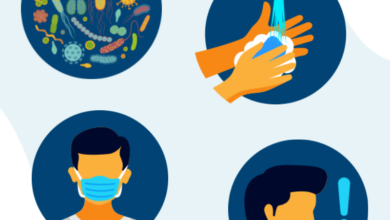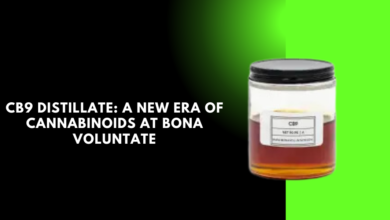
Introduction
Laser Birthmark Removal in Abu Dhabi is a popular procedure for individuals looking to reduce the appearance of pigmented lesions. Utilizing advanced laser technology, this procedure effectively targets and breaks down pigment, leading to smoother skin. However, proper aftercare is crucial for achieving optimal results and minimizing complications. In this article, we will explore essential aftercare tips to ensure a successful recovery following laser birthmark removal.
What is Laser Birthmark Removal?
Laser birthmark removal involves using concentrated beams of light to treat pigmented lesions on the skin. The procedure works by targeting melanin, the pigment responsible for the color of the birthmark, without damaging the surrounding skin. Depending on the type and size of the birthmark, multiple sessions may be required for optimal results.
Importance of Aftercare
Aftercare is critical for promoting healing and minimizing the risk of side effects. Proper care can help reduce swelling, prevent infection, and ensure that the skin heals evenly, leading to the best possible aesthetic outcomes.

Immediate Post-Procedure Care
Initial Reactions to Expect
After the procedure, it’s normal to experience some redness, swelling, and tenderness in the treated area. This reaction is similar to a mild sunburn and typically subsides within a few hours to a few days, depending on the individual’s skin type and the intensity of the treatment.
Pain Management
To manage any discomfort, over-the-counter pain relievers such as acetaminophen or ibuprofen can be effective. Always follow the recommendations of your healthcare provider regarding medication and dosage.
Keeping the Treatment Area Clean
Recommended Cleaning Techniques
Maintaining cleanliness in the treated area is essential for preventing infection. Gently clean the skin with a mild, non-irritating cleanser twice daily. Use lukewarm water and avoid scrubbing the area. Pat the skin dry with a clean towel rather than rubbing.
Products to Avoid
Steer clear of harsh soaps, exfoliants, or any products containing alcohol or fragrances, as these can irritate the skin and impede healing. Always consult with your dermatologist or laser specialist for recommendations on safe products to use post-treatment.
Managing Swelling and Bruising
Cold Compress Application
Applying a cold compress to the treated area can help reduce swelling and provide relief. Use a clean cloth soaked in cold water or an ice pack wrapped in a thin towel. Apply for 10-15 minutes at a time, several times a day, during the first 48 hours after the procedure.
Anti-Inflammatory Medications
If swelling persists, consider discussing the use of anti-inflammatory medications with your healthcare provider. They may recommend medications such as steroids or other anti-inflammatories to further reduce swelling.
Sun Protection
Importance of UV Protection
Protecting the treated area from the sun is crucial, as UV exposure can lead to complications and pigmentation changes. In the weeks following treatment, avoid direct sunlight on the treated area as much as possible.
Recommended Sunscreens
Use a broad-spectrum sunscreen with an SPF of 30 or higher on the treated area, even if it’s cloudy outside. Reapply every two hours, especially if you are outdoors. If you are unsure about which sunscreen to use, consult your dermatologist for recommendations.
Moisturizing the Treatment Area
When to Start Moisturizing
Moisturizing the skin is vital for keeping it hydrated and promoting healing. Begin moisturizing once the initial redness and swelling have subsided, typically within a few days after the procedure.
Recommended Moisturizers
Choose a gentle, hypoallergenic moisturizer free from fragrances or irritating ingredients. Look for products containing ingredients like aloe vera or hyaluronic acid, which are soothing and help keep the skin hydrated. Again, consult your provider for specific product recommendations.
Recognizing Complications
Signs of Infection
While complications are rare, it’s important to be aware of the signs of infection, which can include increased redness, warmth, pus or drainage, and worsening pain. If you experience these symptoms, contact your healthcare provider immediately.
When to Contact Your Provider
In addition to signs of infection, reach out to your provider if you notice any unusual changes in the treated area, such as prolonged swelling, blistering, or if the birthmark appears to be returning.
Long-term Care and Maintenance
Follow-Up Appointments
Schedule follow-up appointments as recommended by your healthcare provider. These visits allow your provider to monitor your healing process, assess results, and determine if further treatments are necessary.
Lifestyle Considerations
Incorporating a healthy lifestyle can also aid in your recovery. Stay hydrated, maintain a balanced diet, and avoid smoking or excessive alcohol consumption, as these factors can impact skin health and healing.
Conclusion
Proper aftercare following laser birthmark removal is crucial for achieving optimal results and minimizing complications. By following the tips outlined in this article, you can promote healing, protect your skin, and enjoy the benefits of your treatment. Always remember to consult with your healthcare provider for personalized advice and recommendations tailored to your specific needs. With the right care, you can enhance your recovery and enjoy beautiful, clear skin.



